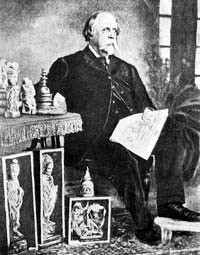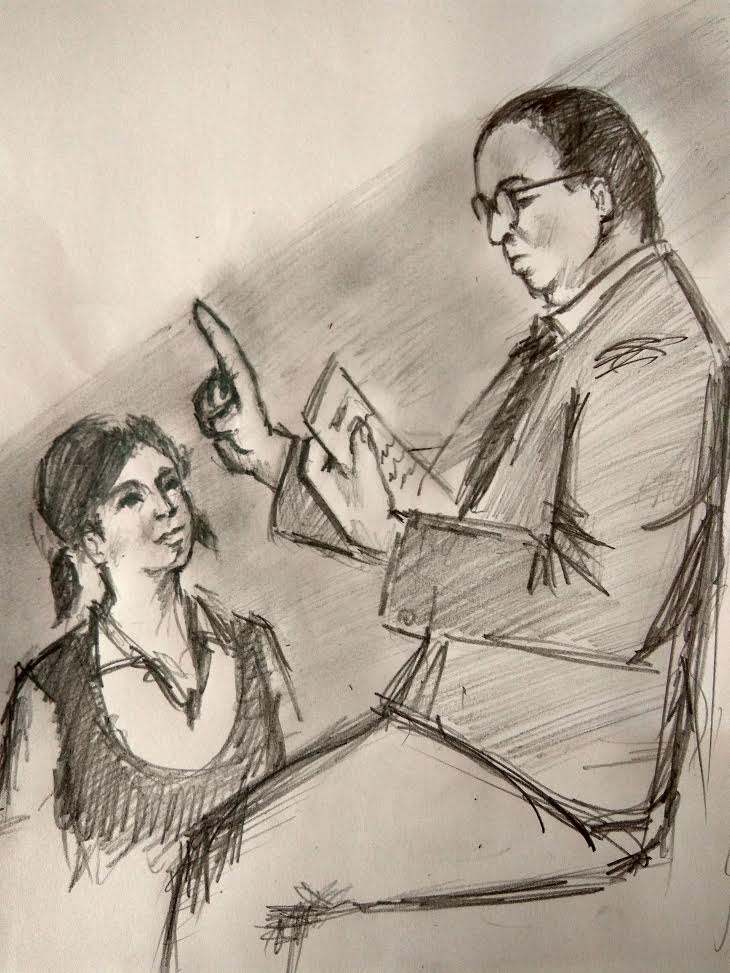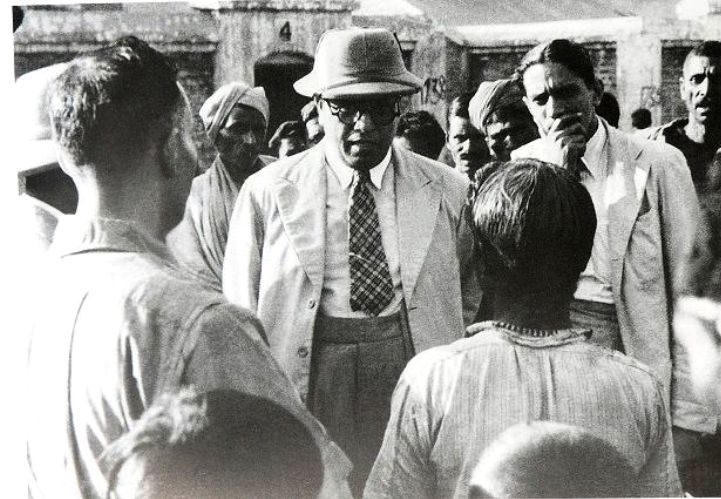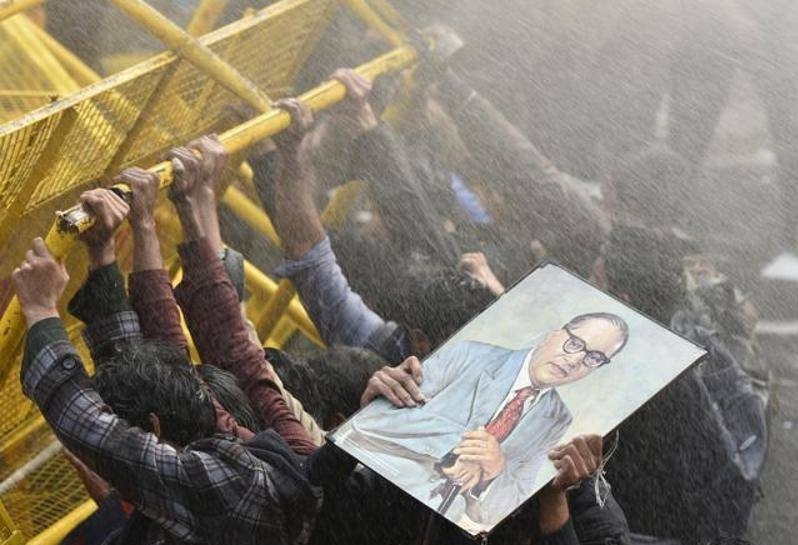Nishad Wankhade
There comes many names to our mind when we talk about Buddhist revival in India, but Sir Alexander Cunningham isn’t one of them. He was instrumental in discovering and restoring major Buddhist sites including Sarnath, Sanchi, Kushinagar, Taxila and Mahabodhi Vihar.

Sir Alexander Cunningham
Sir ALexander Cunningham was an engineer in the British army, born on 23rd January, 1823. He took interest in history and archaeology. At the age of 21, he was posted to Benaras (now Varanasi). Outside the city was Sarnath, a quiet retreat from the crowded city. He discovered a 145 ft high dome like structure which he thought belonged to some maharaja. As an engineer, intrigued by the monument he started exploring it. Spending from his own pocket he started the explorations, but all he found was a stone with an inscription he could not understand. So he sent the stone to James Princep (famous for deciphering Ashoka’s edicts), the then secretary of Royal Asiactic Society. James Prinsep deciphered it as a homage to Buddha. This marked the place where Buddha delivered his first sermon i.e. The Dhammek stupa. Thereafter he came in contact with James Prinsep and developed a deep interest in archaeology.
 Dhammek Stupa
Dhammek Stupa
After Sarnath, he excavated Sanchi where he discovered Buddha’s relics from Sanchi stupa and also that of Buddha disciples Sariputta & Mahamogollan. He continued exploring the region around Sanchi and Sarnath and published a book called The Bhilsa Topes in 1854.
Sir Alexander Cunningham was mainly guided by the travel accounts of Buddhist travelers Fa hien & Hseung Tsang, the latter’s observations more precise.
In 1846, Cunningham sent a proposal to the Asiatic Society, Calcutta and later submitted a petition (1860) to Lord Canning, governor-general, for the establishment of a department for a systematic exploration of historical sites and their proper preservation. Due to his efforts, the Archaeological Survey of India was set up in 1861 with Cunningham as its head.He published The Ancient Geography of India (1871), the first collection of the edicts of the 3rd-century-bc Indian emperor Aśoka, and The Stûpa of Bharhut (1879).
Again following Hsuen Tsang he rediscovered Kusinara, the place where Bhagwan Buddha attained Mahaparinirvana and unearthed a 1500 years statue of Buddha. To his surprise, the same statue was described by Hsuen Tsang.

The 1500 years old statue
Sir Alexander Cunningham visited the Mahabodhi Vihar and was saddened by the its dilapidated state.Under his personal direction, he began the restoration works.He writes ” In February 1881, I paid another visit to the ( Mahabodhi) Temple, and I was present when the discovery of Relics of the Buddha was made under the front of the Vajrasana Throne.” (On dating the railings and the Vajrasana to 250 BC) ” the first, and perhaps the most interesting discovery was the remains of the original temple of Asoka, with the polished Vajrasana Throne , exactly as portrayed in the Bharhut Bas- relief with the view of the Bodhi tree of Sakyamuni. Close by on the north side of the temple was found the remains of the Cloistered Walk with its 22 pillared bases still in situ each marked with a letter of the Indian alphabet of Asoka…

Mahabodhi Vihar before and after restoration
Just like every other Buddhist site Nalanda University was also forgotten. Francis Buchanan discovered it in 1812 but it was Air Alexander who identified it as Nalanda.Official survey was carried by Archaeological Survey of India(ASI).
Again tracing Hsuen Tsang’s travelogue, in 1863-64 and 1872-73 he discovered another famous Buddhist university, “Taxila” This work was continued by other officials of ASI who over a 20-year period completely exposed the ancient site and its monuments.
Hseung Tsang aka Xuan Zang
Sir Alexander Cunningham on Ayodhya (Buddhist name ‘SAKET’)-
Sir Alexander Cunningham conducted survey in Ayodhya which was limited because of the existing temples and mosque. According to him, Gautama Buddha spent six years at this place. Although Ayodhya is mentioned in several ancient Hindu texts, Cunningham found no ancient structures in the city. According to him, the existing Brahmanical temples at Ayodhya were of relatively modern origin. The view that the existing Mosque and temple were once a Buddhist site is cemented by many other excavations report as well.. Another report of Patrick Carnegie in 1870 suggested that the Kasauti pillars at the Ayodhya site strongly resemble the ones at Buddhist viharas in Sarnath and Varanasi. Some results of the 2003 ASI report-The findings suggest that a Northern Black Polished Ware (NBPW) culture existed at the mosque site between 1000 BC and 300 BC. A round signet with a legend in Asokan Brahmi, terracotta figurines of female deities with archaic features, beads of terracotta and glass, wheels and fragments of votive tanks have been found. This affirms the view that there existed a Buddhist Vihara even before the temple(if there had been one).
Life and work of Sir Alexander is too great to be covered in one article and there should be more study of his writings and work. Undisputedly, he was one of the greatest archaeologist and historian to live because he resurrected an entire lost history from the dead. Saluting this great personality on his 203th birth anniversary.










